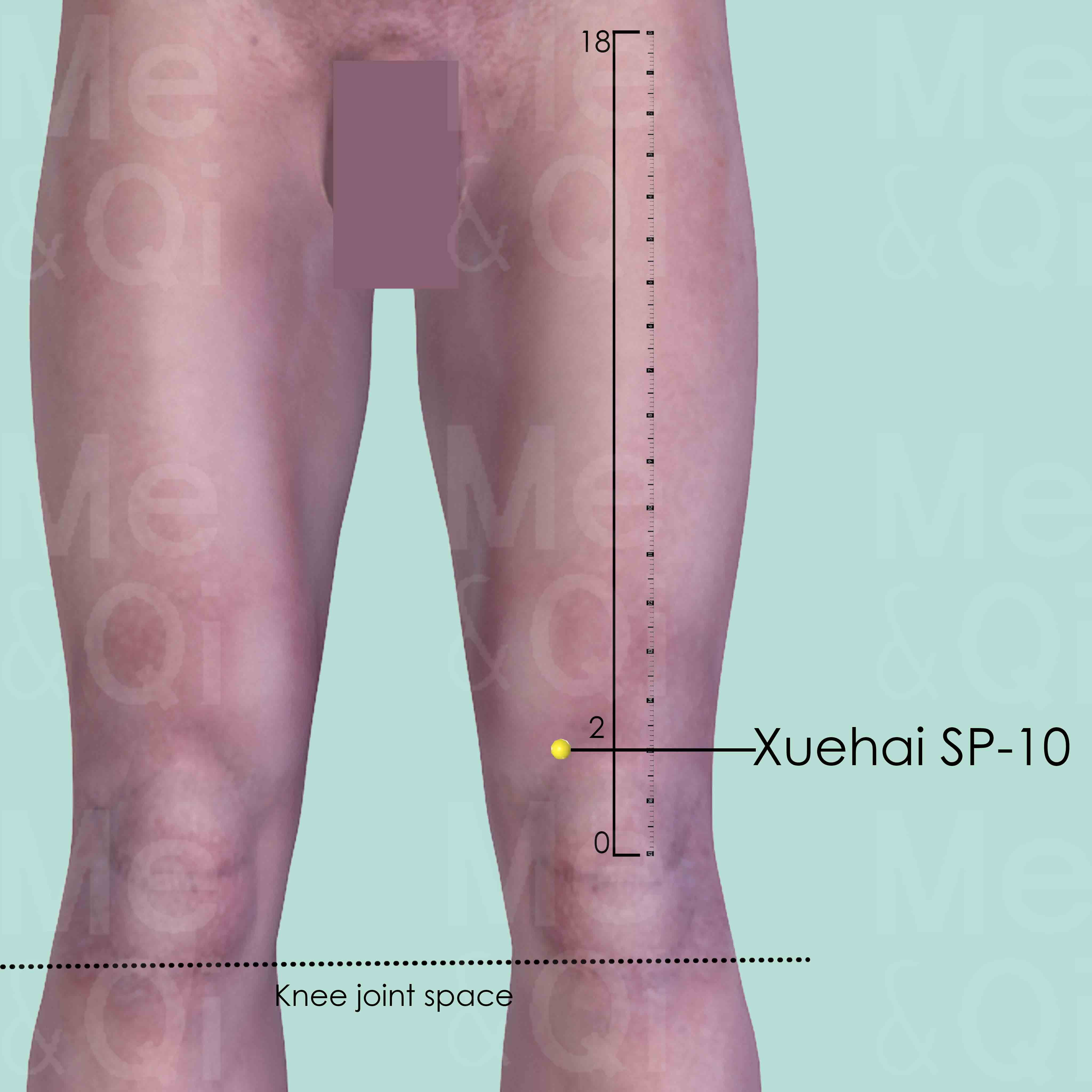Scrotum Ulcersaccording to TCM
Symptom families: Genital Ulcers & Sores, Scrotum & Testicular Symptoms and Conditions
What is scrotum ulcers?
Scrotum ulcers are open sores or lesions that appear on the skin of the scrotum, characterized by breaks in the skin that fail to heal, often becoming chronic. These ulcers can be painful or painless and may be associated with other symptoms such as itching, discharge, or bleeding. Causes can vary widely from infections, inflammatory diseases, to skin cancers. Their presence indicates an underlying pathology that requires medical evaluation for diagnosis and treatment to prevent complications such as infection or further tissue damage.
How does TCM view scrotum ulcers?
Traditional Chinese Medicine (TCM) interprets scrotum ulcers as manifestations of internal disharmonies, often involving Heat, Dampness, or Blood Stagnation. Unlike Western medicine, which focuses on the external aspects and direct causes of ulcers, TCM seeks to understand the deeper imbalances within the body's energetic system that lead to the symptom's manifestation. The treatment approach in TCM is to identify and correct these underlying patterns of disharmony, thereby not only addressing the ulcers but also restoring overall health and preventing recurrence.
Acupoints for Scrotum Ulcers
In the treatment of scrotum ulcers, TCM emphasizes the importance of restoring the balance and flow of Qi and Blood to promote healing and relieve symptoms. A key acupoint in this context is Xuehai SP-10, located on the Spleen Channel. Known for its ability to cool the Blood, invigorate Blood circulation, remove Stagnation, and benefit the skin, stimulating Xuehai SP-10 can be particularly effective in addressing skin issues like ulcers. By targeting this acupoint, TCM practitioners aim to harness the body's natural healing capabilities, reducing inflammation and encouraging the repair of damaged tissues.
See more details below about Xuehai SP-10, an acupoint used to address scrotum ulcers.
- By Meridian
- Spleen Channel

Xuehai SP-10
When knee is flexed, Xuehai SP-10 is 2 cun above the medial upper border of the patella, in a depression on the vastus medialis muscle.
